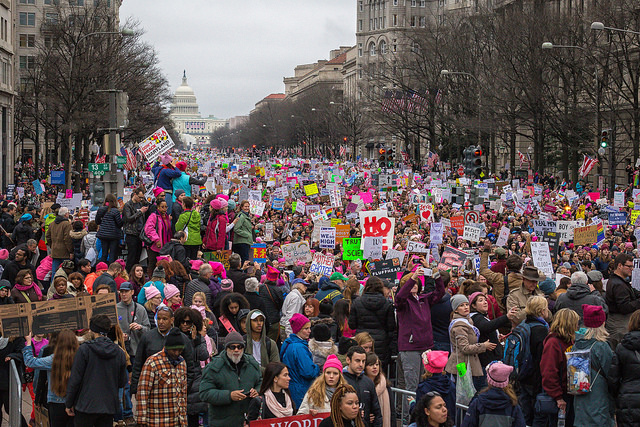
The first few weeks of the Trump presidency have been eventful, most notably because many of the political actions taken by his administration have been met with widespread protests and marches. With some help from social scientists, a recent article from Vox reviews some of the ways to make protesting more effective.
Though protests can be invigorating, they often fail to influence those in power, says Indiana University sociologist Fabio Rojas. That’s not to say that protesting isn’t worthwhile, however; it just has to be done well. As U-Penn professor Daniel Q. Gillion explains, protest can make a change, but it’s not easy. Some conditions have to be met, including persistence and a significant threshold of people.
First, ensure that that the message is as prominent as possible. The way protests normally go, things can be chaotic or confusing. U-Wisconsin sociologist Pamela E. Oliver states that it’s like having a dozen different sports teams on one field. Research does show, however, that longer and more salient protests predict more change than short-lived and unfocused ones.
Next, try to gather similar causes under one banner. U-Maryland sociologist Dana Fisher describes how the recent Women’s March was not just about women’s issues; many people were there to protest Trump’s comments regarding immigrants or LGBT groups as well. Holding separate protests for each individual issue would dilute their impact, and one large and multifaceted demonstration is more effective. Remember that protesting itself is just a small part of the puzzle. We often turn to the Civil Rights movement as a comparable, historical example of protests in action, but even the Civil Rights movement was about more than protest alone. Boycotting businesses and the bus system was also instrumental in bringing about change, for example, something today’s protestors may want to keep in mind.
Finally, remember that proactive protesting is also important; demonstrating to prevent something from happening is more effective than doing so after the fact. As movements continue to resist discriminatory policies, they would do well to recognize some of these sociological suggestions.

Comments 1
Brittany — May 12, 2021
Sociology is a complicated science that can help to improve different spheres of life, including pretests. Such marches become popular today as people feel free to fight their rights and show disagreement with authority. I'm a student of the sociological department, and it's interesting for me to research such activities. I use a lot of educational resources, starting from https://assignmentbro.com/us/sociology-assignment-help to different interviews and science articles. It's incredible how socially cohesive people can affect government. The matter is to make it right.